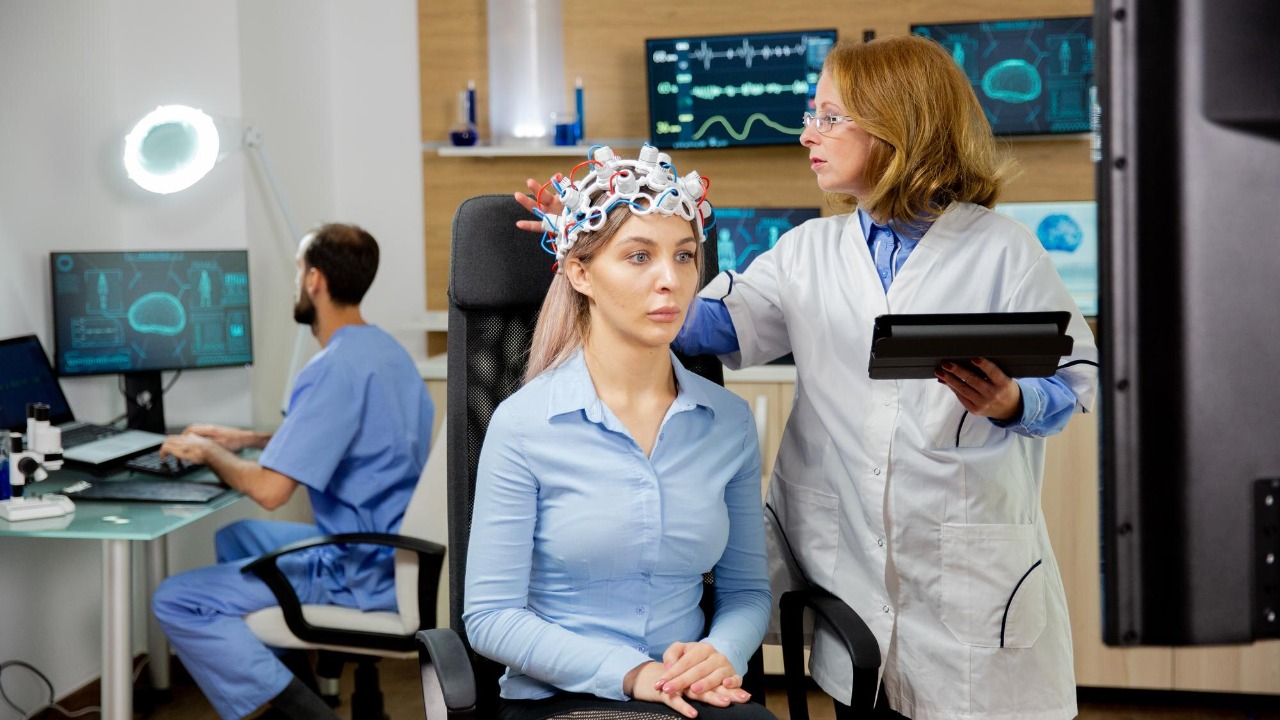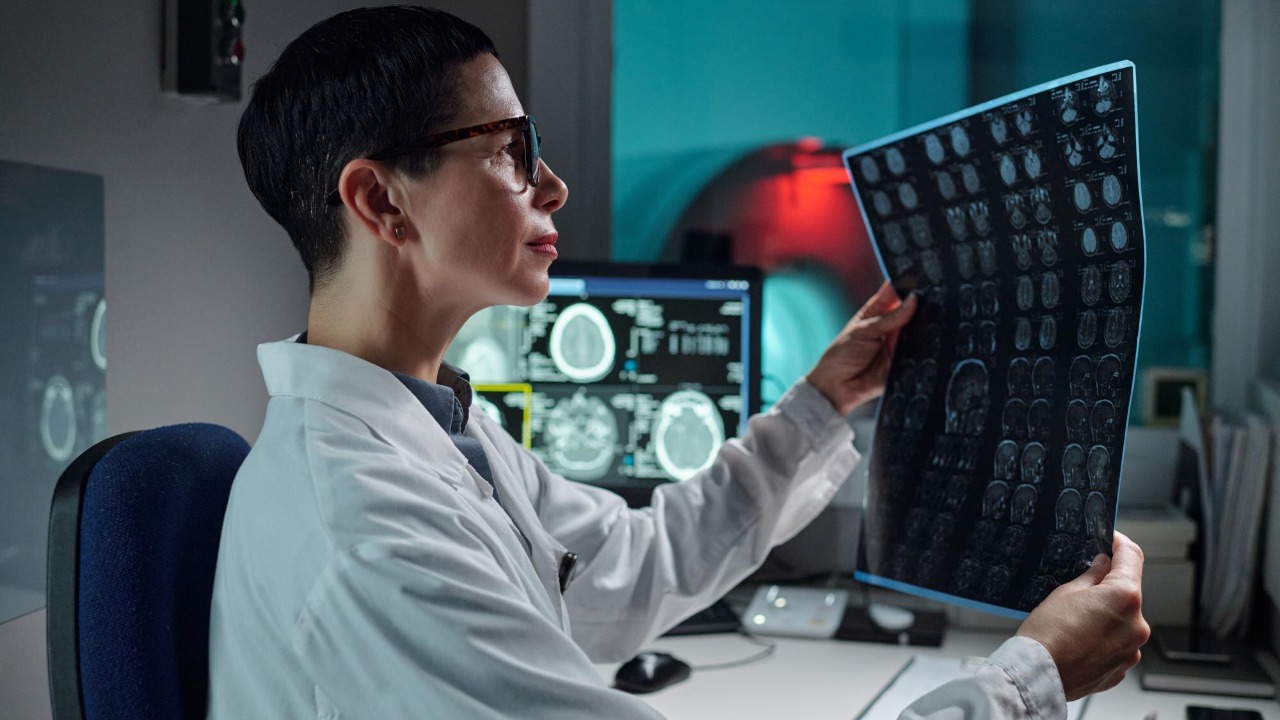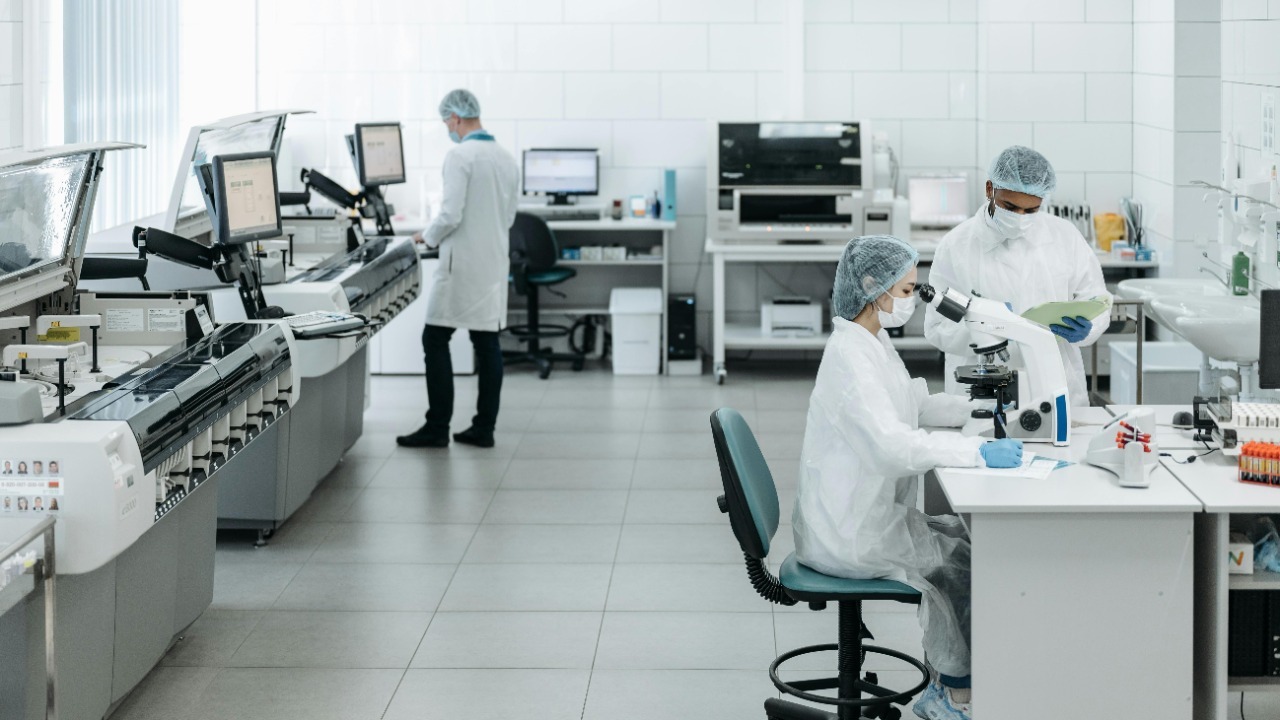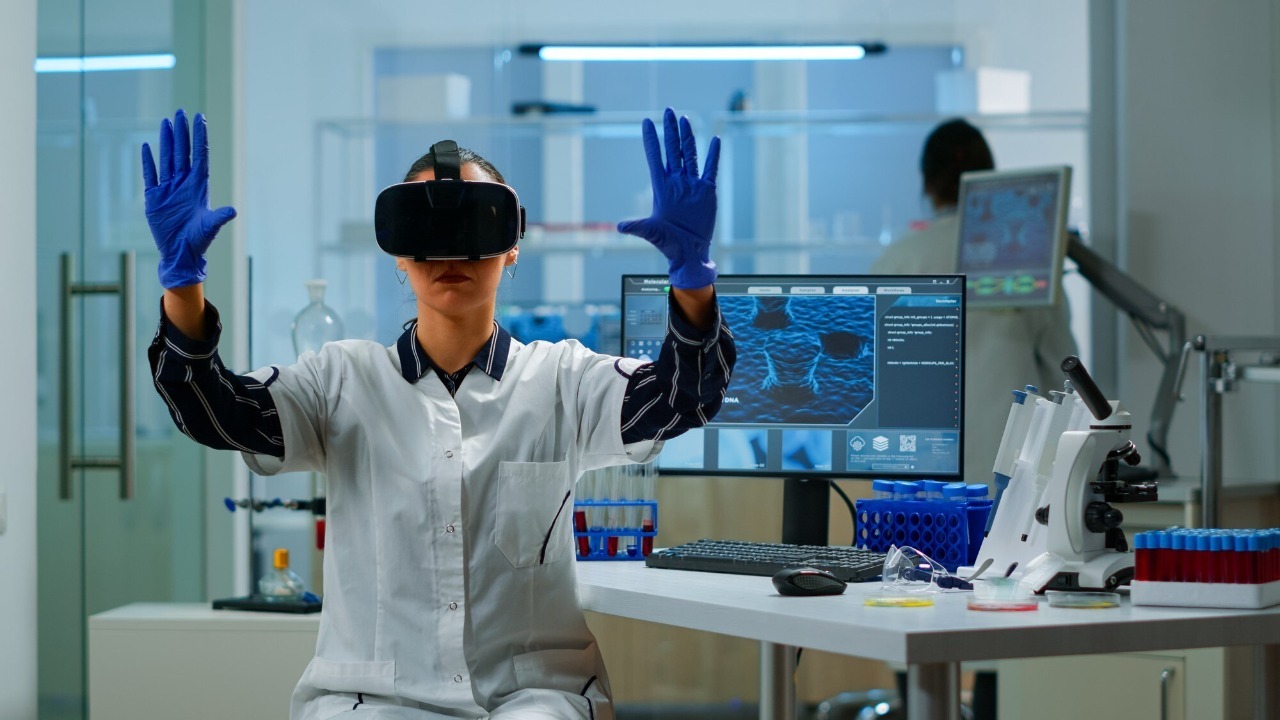
In a world where science fiction is increasingly becoming reality, the concept of implanting memories directly into the human brain is no longer a distant fantasy. Recent advancements in neuroscience and technology have paved the way for groundbreaking techniques that could revolutionize how we perceive and store memories. Delving into the intricacies of this cutting-edge technology, we can explore its potential applications, ethical implications, and future prospects.
The Science Behind Memory Implantation

Neuroscientific Foundations
The human brain is a complex organ, and understanding its memory storage mechanisms is crucial in the development of memory implantation technologies. Memories are stored in networks of neurons, where synaptic connections play a pivotal role. This understanding has been the backbone of new neuroscientific endeavors aimed at artificially creating and inserting memories.
Researchers have been able to map these synaptic connections with increasing precision, allowing for a deeper understanding of how memories are formed and stored. This foundational knowledge is essential for developing technologies that can replicate or even alter these memory processes, offering a glimpse into the future of memory manipulation.
Technological Innovations
Advancements in technology have introduced tools like precision brain mapping and neural interfaces, which are crucial for the development of memory zapping techniques. Precision brain mapping allows researchers to identify specific areas of the brain responsible for memory storage, while neural interfaces enable direct communication with these areas.
Cutting-edge tools, such as optogenetics and transcranial magnetic stimulation, have opened up new possibilities for memory manipulation. Optogenetics, for instance, uses light to control neurons, while transcranial magnetic stimulation can modulate brain activity non-invasively. Together, these innovations are paving the way for potential applications in both clinical and non-clinical settings.
Current Applications and Experiments

Animal Studies and Early Human Trials
Initial experiments in memory implantation have been conducted primarily on animals, with promising results. Researchers have successfully demonstrated the ability to implant false memories in mice, effectively altering their behavior and perception. Such experiments showcase the feasibility of these techniques and lay the groundwork for future human trials.
In early human trials, scientists have begun to explore the potential of memory implantation for therapeutic purposes. Although these trials are in their infancy, the findings suggest that the technology holds promise for addressing memory-related conditions. These experiments serve as a crucial step towards understanding the broader implications of memory manipulation in humans.
Therapeutic Uses
The potential therapeutic applications of memory implantation technology are vast. Conditions like Alzheimer’s disease, PTSD, and other memory-related disorders could benefit significantly from these advancements. By implanting positive or corrective memories, patients may experience improved mental health and a better quality of life.
Moreover, this technology could offer new avenues for cognitive enhancement, allowing individuals to retain and recall information more effectively. As researchers continue to explore these possibilities, the future of memory-related therapies looks increasingly promising, offering hope for those suffering from debilitating memory conditions.
Ethical and Social Considerations

Consent and Privacy Issues
The ethical challenges surrounding memory implantation are significant. Issues related to consent and privacy are at the forefront of these discussions. Ensuring that individuals fully understand the implications of memory manipulation and provide informed consent is critical to the ethical deployment of this technology.
Additionally, concerns about the potential misuse of memory implantation technology raise questions about privacy and data security. Safeguarding individuals’ memories from unauthorized access or alteration is essential to prevent abuse and protect personal autonomy.
Impact on Human Identity
The ability to alter memories poses profound questions about human identity and societal norms. Memories are integral to our sense of self, and changing them could have unintended consequences on personal identity. The potential to modify or erase memories might lead to shifts in how we perceive ourselves and relate to others.
Furthermore, the societal implications of widespread memory manipulation could challenge existing norms and values. As we explore the possibilities of this technology, it is crucial to consider its impact on the fabric of society and the ethical frameworks that guide its use.
Future Prospects and Visions

Integration with Artificial Intelligence
The integration of artificial intelligence (AI) into memory implantation technologies presents exciting possibilities. AI can enhance memory manipulation techniques by analyzing vast amounts of data and identifying patterns that may not be immediately apparent to human researchers. This synergy could lead to more precise and effective memory modifications.
Moreover, AI-driven technologies could enable personalized memory interventions, tailoring treatments to individual needs and preferences. As AI continues to evolve, its role in memory implantation is likely to expand, offering new insights and capabilities in the field of neuroscience.
Long-term Implications
The long-term implications of memory implantation technology are vast and varied. In the realm of education, the ability to implant knowledge directly into the brain could revolutionize learning and skill acquisition. Workforce training may also benefit from these advancements, enabling employees to acquire new skills rapidly and efficiently.
On a personal level, memory manipulation could transform relationships by allowing individuals to alter or enhance their recollections of shared experiences. As this technology becomes more widespread, it will likely reshape our understanding of memory and its role in our lives.
Challenges and Limitations

Technical Hurdles
Despite the promising advancements in memory implantation technology, several technical challenges remain. Researchers face difficulties in refining the precision and accuracy of memory manipulation techniques. Ensuring that memories are implanted without causing unintended side effects is a significant hurdle that must be overcome.
Additionally, the complexity of human memory presents challenges in developing universal solutions. Each individual’s memory is unique, and tailoring interventions to suit diverse needs is a complicated task that requires further research and development.
Addressing Skepticism and Resistance
Societal skepticism and resistance to memory implantation technology are inevitable, given its transformative nature. Concerns about the ethical and social implications of memory manipulation may lead to public apprehension and opposition.
To address these challenges, it is essential to engage in open and transparent discussions about the technology’s potential benefits and risks. Educating the public and fostering a dialogue about the ethical considerations will be crucial in gaining acceptance and overcoming barriers to adoption. As we continue to explore the possibilities of memory implantation, addressing skepticism and resistance will be key to unlocking its full potential.